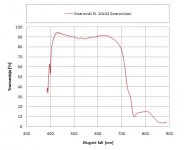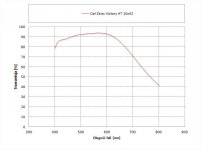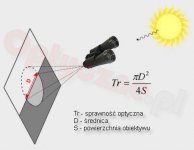I love my SF's, and appreciate Lee's advice and helpful PM's...he's one of the good guys
James
Thank you for your kind support.
Lee
I support the above. I'm sure the finer details pointed out by optical experts on this forum are correct and meaningful to some. I have had some experience of SVs, HTs and HD+s in comparison with SFs all at 8 or 8.5x. Each had stunning optical quality. Some have mentioned a yellowish cast on the SFs, something I haven't detected though I positively enjoyed what seemed to me to be a brighter image compared with the HT which makes no sense at all, I know. As important to me as the optical quality, which I take as a given, has been the brilliant ergonomics of the SF. While not quite in my dotage, a comfortable hold is important to me and this is one area where the SF beats the others by a distance - not a very scientific measurement but for an ordinary birder, very significant. And FOV -wise way ahead of its competitors. For a butterfly watcher this, along with its great minimum focal distance, adds more value to a great bin. For those unimpressed by the SF these other attributes are far more significant than maybe they think - strange that they tend to be ignored in the negative coverage. For all that, I've really enjoyed the cut and thrust of this thread and thanks for the cricket joke Lee. I'll be at Edgbaston later this week and wondering about empty seats!







